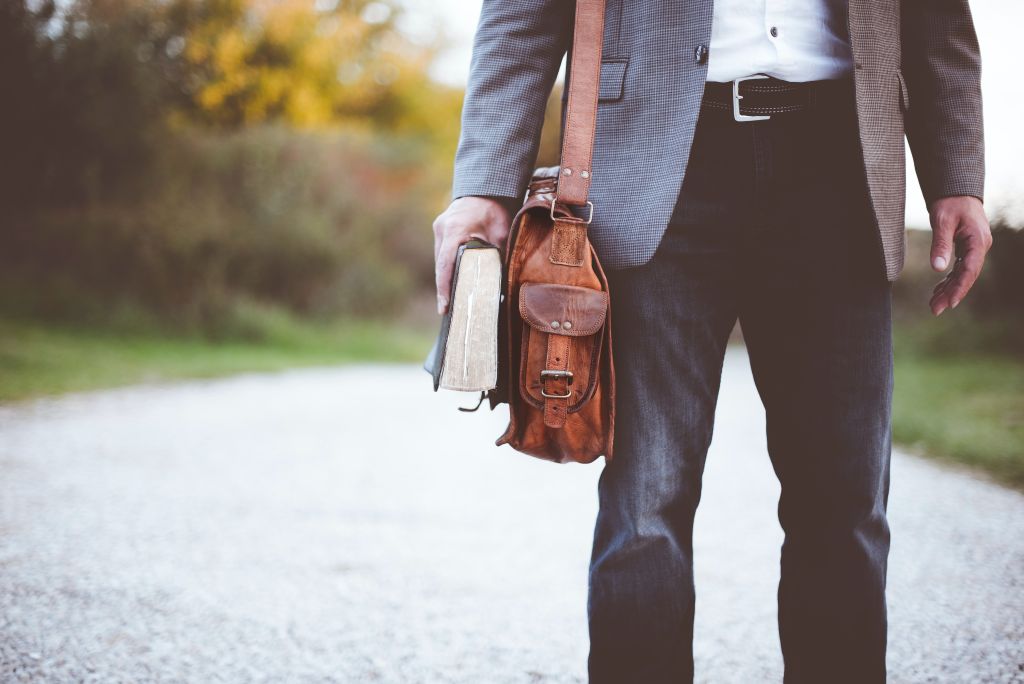Companies are outdoing themselves in creating attractive workplaces to attract and retain talented professionals. However, does the traditional division between internal and external employer branding still correspond to the realities of today's labour market?
What is employer branding?
Employer branding is a comprehensive strategy for building a company's image as an attractive employer. It encompasses a range of activities aimed at creating a positive image of the organisation among both current employees and potential candidates. However, effective employer branding goes far beyond traditional HR activities, combining elements of marketing, communications and human resource management. Research conducted by LinkedIn shows that companies with a strong employer brand report 50% lower costs of hiring new employees. This clearly demonstrates the importance of employer branding to an organisation's success. However, simply creating an attractive image is only the beginning - the real challenge is to consistently maintain and develop it over the long term.
Employer branding supports the development of an organisation on many levels. Above all, it helps to attract the best talent from the labour market. Candidates increasingly pay attention to the organisational culture, development opportunities or values represented by the employer. A strong employer brand allows a company to stand out from the competition and become the first choice for the most desirable professionals.
Employer branding also has a positive impact on the engagement and loyalty of existing employees. When a company consistently delivers on its employer brand promise, it creates a work environment where people feel valued and motivated to give their best. This, in turn, translates into higher productivity, innovation and, ultimately, better business results.
Are your employees ambassadors of your brand?
Use the strength of your crew to achieve business goals!
Internal and external employer branding
Traditionally, employer branding has been divided into two main areas - internal and external. Internal employer branding focused on building a positive image of the company among existing employees, while external branding focused on attracting new talent. Nowadays, with work-life boundaries often blurring and social media enabling instant sharing of experiences, this division is becoming increasingly fluid.
Internal employer branding includes activities such as creating an engaging working environment, developing a values-based organisational culture and offering attractive career paths. In turn external employer branding focuses on building a positive image of the company in the labour market through recruitment campaigns, presence at job fairs or activity in social media.

Internal employer branding best practices
- Effective internal employer branding is based on several pillars. The first is effective internal communication. Transparency and openness in the communication of information build employees' trust in the organisation. Regular team meetings, newsletters or internal social media platforms are tools that enable the free flow of information and ideas within the company.
- Incentive schemes are another important element of internal employer branding. However, contrary to popular belief, it is not just about financial bonuses. Non-financial forms of motivation are playing an increasingly important role, e.g. flexible working hours, the possibility to work remotely or well-being programmes. Company Patagonia - known for its innovative approach to human resources management, offers its employees, among other things, the possibility to surf during working hours, as long as this does not interfere with their duties. This unusual approach motivates employees and reinforces Patagonia's image as an employer that cares about work-life balance.
- Organisational culture is the foundation on which a strong employer brand is built. Companies that can create a unique and engaging culture gain a competitive advantage in the labour market. Zappos - an American online footwear retailer, is renowned for its corporate culture based on values such as 'Deliver WOW Through Service' and 'Create Fun and A Little Weirdness'. However, their values are not empty slogans - they permeate every aspect of the company's operations, from the recruitment process to day-to-day work.
- Employee development is another element of internal employer branding. Companies that invest in training, mentoring or talent development programmes improve the competences of their employees and thus build their loyalty. Google, known for its innovative approach to human resources management, offers its employees the '20% Time' programme, where they can dedicate one day a week to their own projects. This approach gives employees a sense of autonomy and influence over the company's development.
External employer branding tools
Social media has become one of the most important channels for employer branding. Companies are using LinkedIn, Facebook if Instagram to showcase their corporate culture, the achievements of their employees or the daily life of the company. However, an effective social media presence requires a coherent strategy and an authentic message. Instead of presenting an idealised image, it is worth showing real situations and the people behind the company's success.
Employer branding campaigns is another tool for building an employer's external image. Companies are reaching for innovative forms, such as interactive recruitment games or virtual open days. Examples include Crack the Code" campaign conducted by the British intelligence agency GCHQ. Instead of traditional job advertisements, the agency published a complicated cipher on the internet, the solution of which offered the chance to start the recruitment process. The unusual form attracted media attention, allowing the company to reach the most talented candidates.
Rebranding is a process that can have a significant impact on the perception of a company as an employer. However, to be effective, it must involve not only a change of logo or website, but more importantly a transformation of the corporate culture. An example of successful rebranding can be seen at Microsoft, which under the leadership of Satya Nadella has undergone a transformation from a corporation perceived as ossified and bureaucratic to an organisation open to innovation and collaboration. The changes have improved the company's image among customers and made it one of the most desirable employers in the technology industry.
Platforms such as GoWork if Indeed enable employees to share their experiences. Companies therefore need to be aware that every action they take - whether positive or negative - can be made public immediately. This makes authenticity and consistency of message very important in employer branding.
Are you using the right motivation tools?
We will take care of employer branding in your company.
Why invest in employer branding?
- Investment in employer branding translates into higher employee engagement. Research by Gallup shows that companies with high levels of employee engagement report 21% higher productivity. Engaged employees work more efficiently, but also become brand ambassadors, attracting new talent to the organisation.
- A company's reputation as an employer has a direct impact on its ability to attract the best candidates. When a company's success is determined by its people and their competences, the ability to choose from the best professionals in the market becomes an important competitive advantage. Companies with a strong employer brand can expect to receive more applications from highly qualified candidates.
- Reducing employee turnover is another important benefit of investing in employer branding. Companies that are able to create an engaging working environment and offer development opportunities can expect greater employee loyalty. This, in turn, translates into lower costs for recruiting and training new employees, as well as maintaining knowledge continuity within the organisation.
- A strong employer brand translates into a positive perception of the company by customers and business partners. Research shows that companies perceived as attractive employers are also more trusted by consumers.
Investment in employer branding is a must for companies that want to succeed. Building a strong employer brand requires a consistent, long-term approach that integrates internal and external activities. Companies that are able to create an authentic and engaging employer image gain loyal employees and a competitive advantage in the market.
Worth knowing:
What is internal and external employer branding?
Today, employer branding is not only a trending turn in HR circles, but also a tool that is gaining in importance for business. Internal employer branding means constantly taking care of the company's image among employees and shaping positive opinions about the workplace. An important element here is visual identification and communication style. On the other hand, external employer branding concerns building the employer's reputation on the labor market in order to reach potential candidates for positions. In both cases, the key is true commitment to company values and employee involvement in creating a positive image that benefits both themselves and the company.
What specific actions can be taken as part of internal employer branding to build a strong organizational culture and employee engagement?
Nowadays, internal employer branding has become an inseparable element of effective management in organizations. In order to build a strong organizational culture and employee involvement, many specific actions can be taken. One such way may be to develop training and employee development programs. Investing in their education and developing their skills will be a valuable statement of the employer, and will help build a positive image of the company. Creating employee benefit programs can also bring significant results. Offering health care, leasing or lunch vouchers will be an additional benefit for employees, which will increase their satisfaction and commitment to work. However, the effects of internal employer branding are not immediate. Building a strong and positive image of the company as an employer requires time and consistency in the actions taken. Therefore, it is worth approaching this process with patience and regularity, which will pay off in the future by improving employee satisfaction with work and improving the quality of performed activities.
What are the key differences between internal and external employer branding, and what are their interconnections and impact on the perception of the employer?
Employer branding is a concept that is becoming more and more relevant in today's business world. There are two basic aspects of employer branding: internal and external. The key difference between the two is that internal branding refers to the way employees see their employer, while external branding is how the outside world sees the company. Although internal and external employer branding are separate concepts, they are interconnected and influence the perception of the company as an employer. Ultimately, a positive assessment of the company - both from employees and customers - can lead to an increase in the company's reputation and its ability to attract talented employees.

